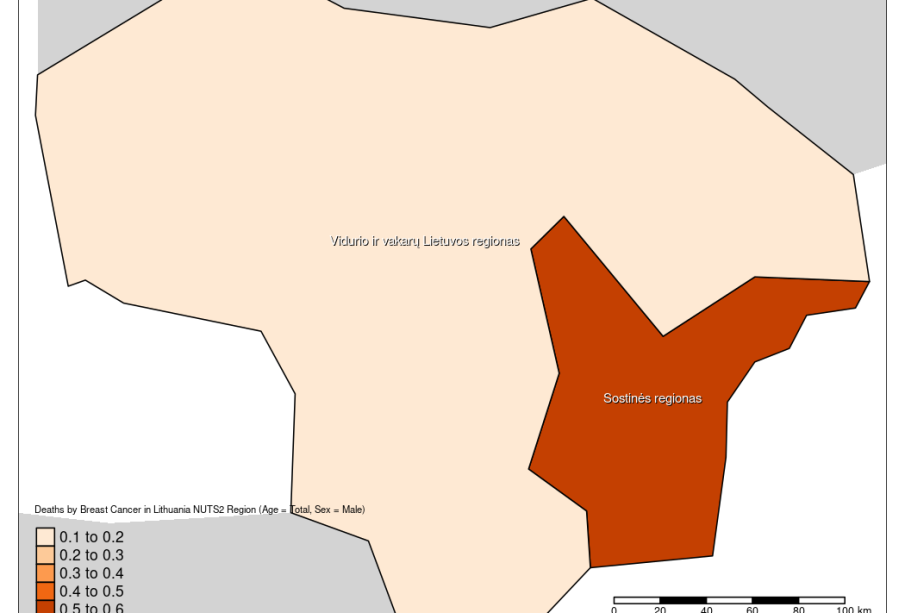Exploring Estonia: A Leader in Digital Innovation

Introduction
Estonia, a small country in Northern Europe, is rapidly gaining recognition for its innovative approaches to governance, technology, and digital society. With a population of just over 1.3 million, this Baltic nation has become a global leader in digital transformation, making it a notable case study for other countries seeking to embrace technology.
The Rise of Digital Estonia
Following its independence from the Soviet Union in 1991, Estonia embarked on an ambitious journey of technological advancement. By investing heavily in its IT infrastructure, the country now boasts one of the fastest internet connections in the world. In 2005, it became the first country to offer internet voting in elections, a pioneering step that significantly increased voter participation.
Estonia’s government services are largely digital, with over 99% of administrative procedures being available online. Citizens can access a range of services, from healthcare to banking, via a secure electronic identity. The e-Residency initiative, launched in 2014, allows non-Estonians to establish and manage international businesses online, further positioning Estonia as a hub for digital entrepreneurs.
Recent Developments
As of 2023, Estonia has continued to advance its digital agenda, focusing on cybersecurity, digital identity, and artificial intelligence. The country is actively participating in international cybersecurity alliances and has established a strong reputation for defending against cyber threats. The recent implementation of the “AI Strategy 2021-2027” aims to integrate AI technologies across different sectors, fostering innovation and economic growth.
Furthermore, Estonia is leading initiatives to enhance digital education. Its schools are incorporating programming and IT skills into their curricula, preparing the younger generation for a technology-driven future. Estonia’s focus on e-learning during the COVID-19 pandemic exemplified its adaptability and commitment to maintaining educational standards through digital means.
Conclusion
Estonia stands as a shining example of how a small nation can leverage technology to foster economic growth, improve governance, and enhance citizens’ quality of life. Its ongoing commitment to innovation and digital transformation is likely to serve as an inspiration for other countries looking to modernise their own services and infrastructure.
As we move further into the digital age, Estonia’s journey underscores the importance of investment in technology and education as crucial strategies for national development. This Baltic state not only demonstrates the potential of digital societies but also paves the way for a more connected and efficient future for its citizens and the global community.









